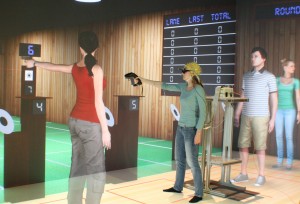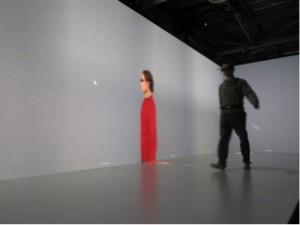Projet CNRS Imag’In IRMA
Imagerie et InteRactions Multi-modales pour l’Archéologie
Une collaboration SHS – STIC autour de cas réels d’étude
– archéologues (CreAAH et Inrap)
– chercheurs en informatique (IRISA / Centre Inria Rennes Bretagne Atlantique)
– l’entreprise Image ET
Objectifs :
Présentation du projet IRMA PDF

 Michael Pereira
Michael Pereira Dr. Gerd Bruder
Dr. Gerd Bruder